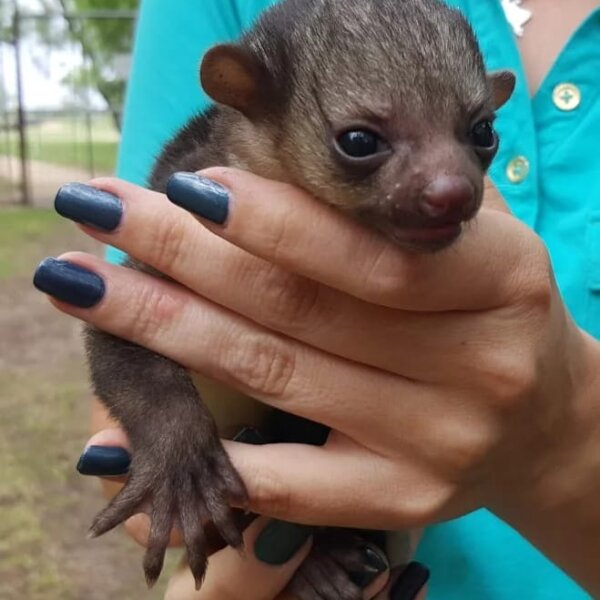Baby Three Banded Armadillo
$2,249.99
Description
Baby Three Banded Armadillo for sale
Baby Three Banded Armadillo for sale (Tolypeutes species) is a unique and fascinating species of armadillo. Here are some key points about baby three-banded armadillos:
UNDERGROUND REPTILES HAS THREE BANDED ARMADILLOS FOR SALE. HERE ARE SOME HIGHLIGHTS:
- Tolypeutes matacus
- Captive Bred
- Hand Raised From 4 Weeks Of Age
- 3-Month-Old Males Available
- Approximately 4 Inches In Diameter
- Can Grow Up To 12-18 Inches In Length Head To Tail
- In Captivity They Eat And Thrive Great On A Hard And Soft Cat Food Diet
- These Are Nocturnal Animals That Absolutely Love Insects Along With Different Grubs
FUN FACTS!
- Native To Central America Through South America
- Naturally Occurring In Dry Deciduous Forests
- With Proper These Can Live Up 18 Years
- Size and Appearance: Adult three-banded armadillos are characterized by their ability to roll into a ball, leaving only their armored plates exposed when threatened. Babies are smaller versions of the adults and have a soft, leathery shell that hardens as they grow.
- Habitat: Three-banded armadillos are native to South America, particularly in countries like Brazil, Argentina, Paraguay, and Bolivia. They inhabit grasslands, savannas, and dry forests.
- Diet: Their diet mainly consists of insects, especially ants and termites. They use their strong forelimbs and claws to dig for food.
- Behavior: Three-banded armadillos are primarily nocturnal, and they spend much of their time foraging for food. Their unique ability to roll into a ball provides them with protection from predators.
- Reproduction: Armadillos are known for giving birth to litters of identical quadruplets, which is relatively unusual in the animal kingdom. The three-banded armadillo is an exception, typically giving birth to a single offspring.
- Lifespan: In the wild, three-banded armadillos may live up to 10-15 years.
- Conservation Status: Some species of armadillos, including the three-banded armadillo, are listed as near-threatened or vulnerable due to habitat loss, hunting, and the pet trade. Conservation efforts are underway to protect these unique animals.






Reviews
There are no reviews yet.